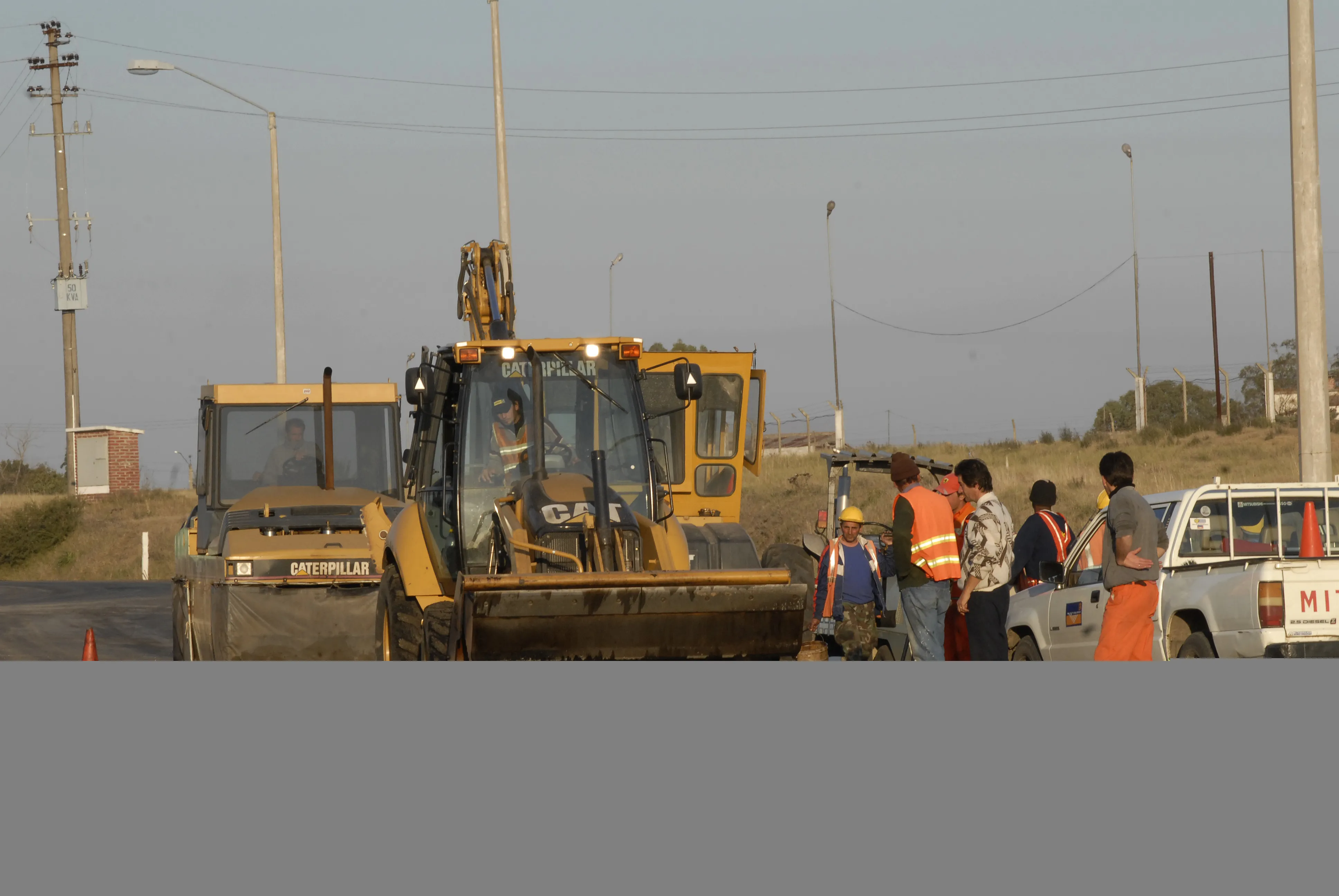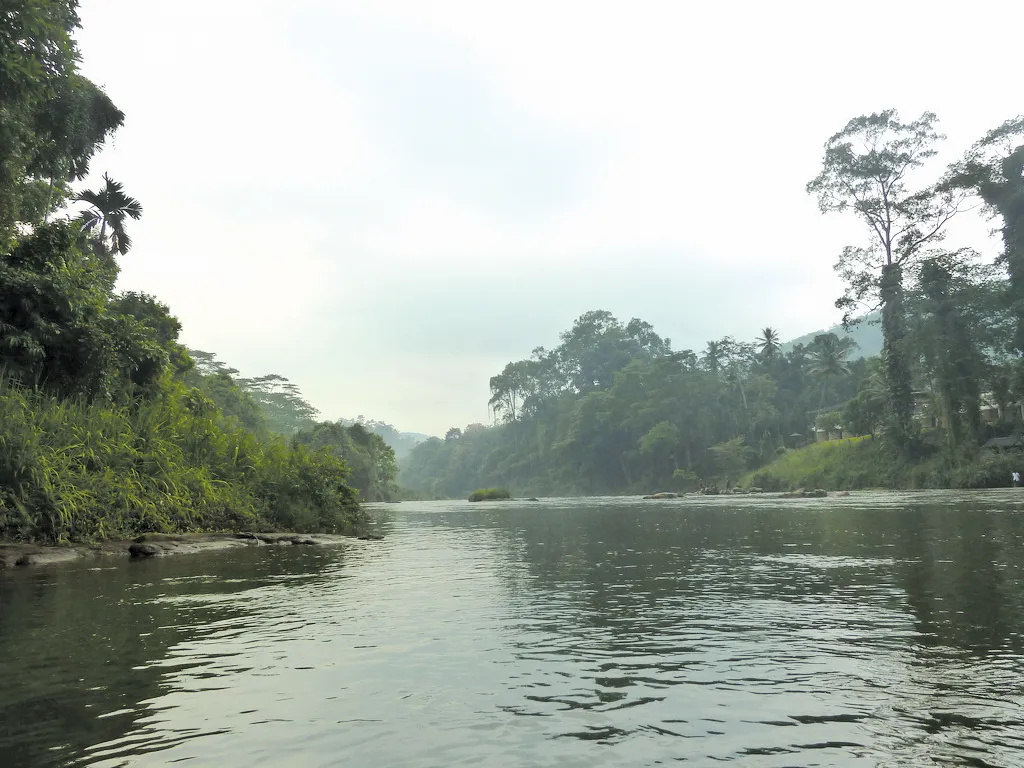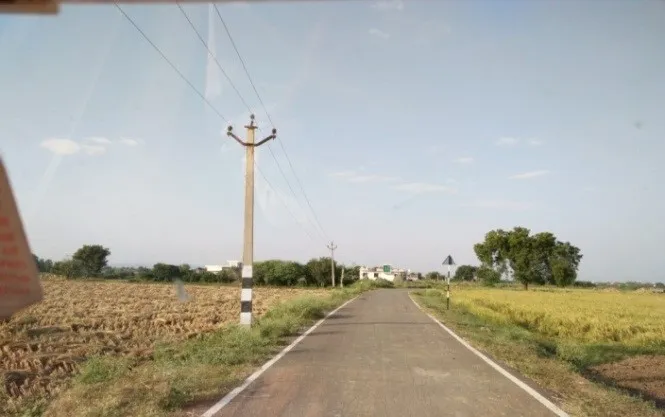
Uruguay is embarking on a new nationwide programme to rehabilitate 890km of roads, and the government intends to improve an additional 260km of dangerous highways and roads. This three-year programme aims to reduce traffic accidents, in part thanks to a US$70 million loan recently authorised by the
The new operation uses a special financing instrument known as “Programme-for-Results“ (PforR). It links disbursement of loans directly to the achievement of specific programme results. The loan will provide additional financing for the National Road Rehabilitation and Maintenance Programme (NRRMP), which supports Uruguay’s transportation sector through projects that maintain and rehabilitate paths, roads and bridges. Additional financing raised by the national government will also promote road safety and mitigate climate change impacts on the country’s infrastructure.
Since 2012 the NRRMP’s projects rehabilitated more than 500km of roads, including a wide array of bridges and drainage systems. The national government’s Ministry of Transportation and Public Works (MTOP), together with the Uruguayan Road Corporation (CVU), have jointly implemented the Program, with support from international development agencies.
With the additional financing, the World Bank will continue to support Uruguay’s efforts to rehabilitate 890km of national roads, incorporate improved road safety standards to enable the modernisation of 260km of roads, as well as to provide annual maintenance to 3,000km of the country’s road network. Additionally, the Program strengthens the planning systems used with such road projects.
Jesko Hentschel is the World Bank’s Director for Argentina, Paraguay and Uruguay. He said, “Roads in good condition that are safer and more resilient to climate change impacts are crucial for the competitiveness of the Uruguayan economy, its exports, the country’s integration in international value chains and the sustainable jobs this infrastructure generates.”
In 2012, Uruguay became the first Latin American country to use the World Bank PforR approach, linking the disbursement of funds directly to concrete outcomes and the achievement of defined results. Money is only delivered when results are achieved and verified. One key characteristic of this instrument is its emphasis on the institutional strengthening of implementing agencies, making their production processes and systems more efficient.
Uruguay’s recovery from the Great Recession is nearly complete – with smart policies pushing growth and development. A direct (and beneficial) consequence is that the country’s growing network of highways and road systems has become one of this emerging economy’s bright spots.
The country benefits immensely from a solid and successful social contract – something that’s quite unusual in that particular neighbourhood in Latin America. Uruguay also benefits from a high degree of economic openness. These two strengths have helped to pave the way towards a national reduction in total poverty. The country’s leaders – from business, government, civil society, labour - often express the view that a commitment to “shared prosperity” is what enabled Uruguay to succeed so well during the last decade.
Amidst all of the national priorities – nutrition and health care, education and employment creation, - why is the national government pushing so hard to modernise roads and highways? One answer lies in the statistics: Moderate poverty went from 32.5% in 2006 to 9.7% in 2015, while extreme poverty has practically disappeared: it went down from 2.5% to 0.3% in the same period. In terms of equity, income levels among the poorest 40% of the Uruguayan population increased much faster that the average growth rate of income levels for the entire population. In relative terms, its middle class is the proportionally the largest in all of the countries of the Americas, representing 60% of its population.
Uruguay’s robust macroeconomic performance was also reflected in its labour market, which registered historically low unemployment levels in 2014 (6.6%). Even with a marked slowdown in growth, the latter increased to 8.6% in July of 2016. As for export markets, these have been diversified -- with the aim of reducing the country’s dependency on its main trade partners. Currently, 77% of exports go to 15 different destinations.
Between 2006 and 2015, Uruguay grew at an average rate of 4.8%. Today, Uruguay continues to maintain an adequate macroeconomic framework although in a much more complicated external environment.
Highway infrastructure in good condition is seen by the national government as vital to the competitiveness of Uruguay’s economy. Furthermore, it is viewed as central to the country’s aspiration to become a Southern Cone logistics platform. The quality of road infrastructure is a key enabler of logistics services.
Approximately 95% of all cargo (as measured in tonne-kilometres) is transported via roads and highways. Transportation costs inside the country severely hamper both logistical efficiency and export competitiveness. This is one main reason why Uruguayan leaders call for an ongoing commitment of national government support to improve the national road conditions. Road-based transport costs represent up to 70% of total logistic costs in some of the most relevant logistic chains. The average cost of a tonne-kilometre transported by road in Uruguay is estimated at $0.19, while international benchmarks range between $0.08 and $0.10, making Uruguay’s road transportation at least twice as expensive compared to best performers.
The current government, elected into office in 2015, scaled up the transport infrastructure program. MTOP’s own road building and road repair budget increased by about 20% over the 2015-2019 period (as compared to the 2010-2015 budget period). The government coordinated across several of the International Financing Institutions, especially via the World Bank, to secure NMRP funding.
Going one step further, the scope shifted for the CVU, a public concessionaire managing Uruguay’s key highway network. CVU has been expanded in size: CVU now manages 2,600km of highways, up from 1,600km in 2013. It also grew its capacity to leverage funds. Uruguay is pushing for private sector participation in road financing and management. MTOP has identified 1,630km of national roads to be managed under PPP arrangements; the Ruta 21 and Ruta 24 PPP bid (around 170km) is currently in the final phase of negotiations.
One national priority has been set: road infrastructure resilience in the face of increasingly frequent and increasingly adverse climactic events. In 2015, UNASEV, Uruguay’s national agency for road safety, estimated that 506 people lost their lives in car crashes, with 37.5% of fatalities occurring on the national road network. Unsafe roads generate a significant economic and social burden for Uruguay, which is taking measures to improve safety standards of its road infrastructure, in line with Pillar 2 of the
In terms of infrastructure resilience, a sequence of violent climate events that struck in recent years (severe storms, tidal waves, floods and high-speed winds) exposed the vulnerability of critical road infrastructure. Trade flows suffer, as does citizen access to basic services.
The total estimated cost of the Programme is $755.4 million, over the 2017-2019 period. The Program is being financed by the national government’s own fiscal resources, plus loans from IADB, FONPLATA, CAF, FOCEM and the World Bank.
The $ 70 million of financing provided by the World Bank is a variable spread loan. The maturity period is 17.5 years, with a five-year grace period.








